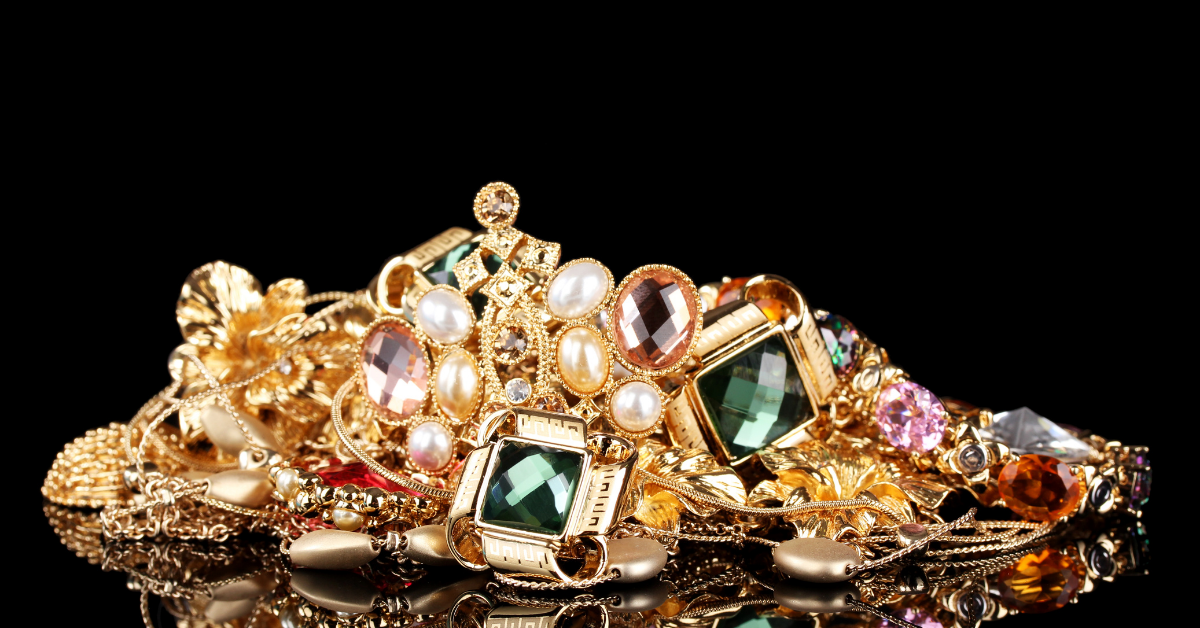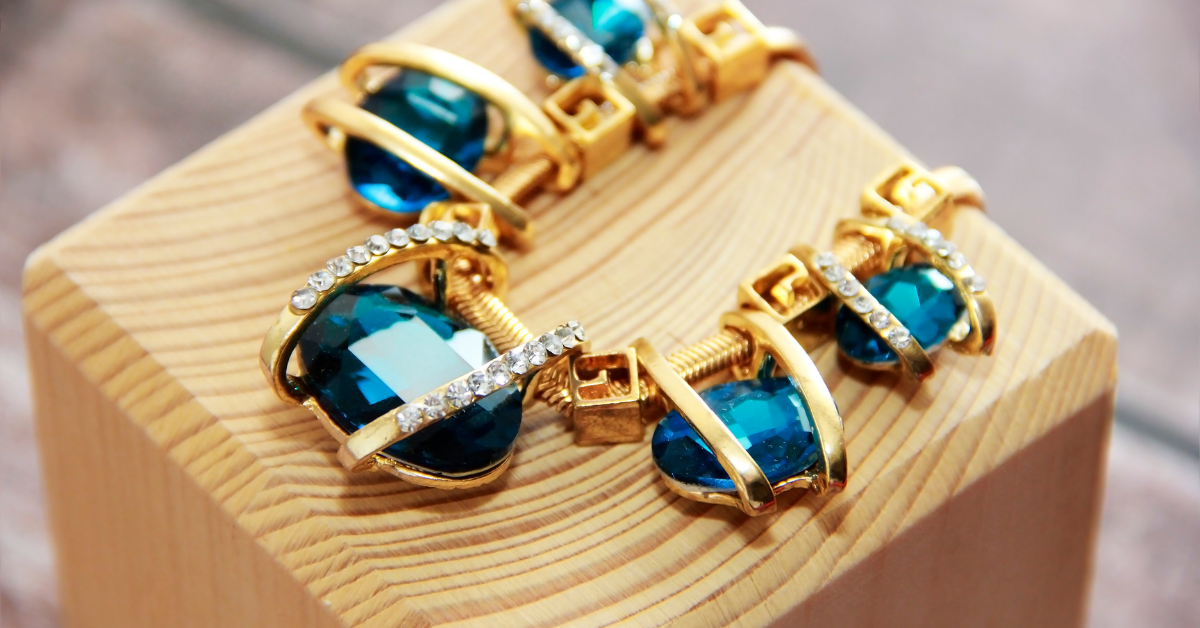55. Istanbul Jewelry Show | 17 - 20 April 2024
56. Istanbul Jewelry Show | 02 - 05 October 2024
Venue | Istanbul Expo Center
Istanbul's Jewelry History
Estimate Reading Time: 3 min
Turkey can be one of the most outstanding countries in term of jewelry. The country has the signs of Anatolian jewelry all across the land. However, one of the cities in Turkey is know for its history of jewelry. This city is Istanbul.

Istanbul’s Jewelry History Over the Centuries
Over the course of history, Istanbul has been home to various civilizations. The first signs of civilization in this city date back to Thracians and Phoenicians. Then, the Byzantium comes into the scene of history. Lastly, the city witnesses the glamours of the Ottoman empire. In all these civilizations, it is possible to see the exquisite craftsmanship of talented jewelry producers. While the city has witnessed different civilizations and people, the jewelry trends also change over time. Turkish jewelry has evolved and got better in every decade. Still, it is possible to see the marks of the traditional jewelry style of Istanbul in modern world designs.
Chalcolithic and Bronze Age Jewelry in Istanbul
The history of Istanbul dates back to ancient times. Therefore, it is possible to find evidence for ancient jewelry practices in this old city. The earliest examples of precious stone jewelry date back to Chalcolithic and Early Bronze Age. In this period, copper is the most popular material for jewelry production. Also, metal cast jewelry and silver jewelry can be found in the city as well.
However, there are limited knowledge about this period. The artefacts left from this period are mainly in Anatolia rather than in Istanbul. The few jewelry pieces found in Istanbul gives a general idea about silver use in these periods.

Glamourous Details of the Byzantium Period
Byzantine period is all about richness and glamour. Therefore, the jewelry of this period is produced from gold and precious stones. Byzantine jewelry marks one of the best periods of jewelry in Istanbul. Necklaces and bracelets are the most popular forms in this period. Also, there are lots of gold crowns. Pearl was commonly preferred on the jewelry. In addition to gold and pearl, silver jewelry was common in Byzantine era.
Gems beads were popular in this period. In addition to them, the Byzantine bangle bracelet was one of the remarkable pieces of jewelry in Istanbul. Gold coin jewelry was also popular among women and men of Byzantine Istanbul. Byzantium artists created the best jewelry production of their period.
Golden Age of the Ottoman Empire
When Fatih the Conqueror ordered to build the Grand Bazaar in 1461, this bazaar has been home to different craftsman. In the Ottoman Empire period and in modern-day Turkey, the Grand Bazaar is home to goldsmiths and other jewelry manufacturers.
Ottoman Empire's influence of gold in the jewelry was high. Ottoman jewelry is the result of the best craftsmanship. One of the best and astonishing examples of this period is located in Istanbul as the sultan lived in this city. 60 goldsmiths and 30 jewelers were working in Istanbul in the period of Suleiman the Magnificent. These numbers show how important jewelry was for the Ottoman sultan.
The popular type of jewelry among the sultan and his court was aigrettes. The aigrette consisted of gold with the symbol of the sultan. Also, gold Ottoman pins ornamented with ruby, sapphire and emerald were popular precious accessories in these periods.

Jewelry Design in Modern Day Istanbul
The jewelry design in modern Turkey is the perfect combination of the traditional and the modern. While the designers follow the traditional goldsmith methods of the Ottoman Empire, new precious stones are employed in designs. Currently, diamonds, emeralds, ruby and other precious stones are combined with gold and silver.
When the jewelry legacy of Istanbul is considered, there have been changes in jewelry history. Yet, the modern designs of Istanbul continue to reflect the heritage of the past days. The jewelry production in Istanbul took a new turn in the global arena. Currently, minimal designs are combined with precious stones and gold. The traditional design of the past is turned into a more contemporary look.
If you like this content, please click here to read other contents
Don't Forget to Share!
Sign-up our newsletter to stay up-to-date.
Subscribe to Istanbul Jewelry Show newsletter to stay up-to-date with the latest news from Istanbul Jewelry Show, including event information and industry insights



















